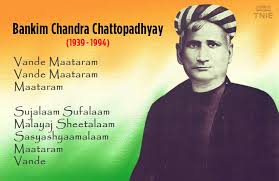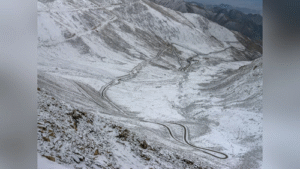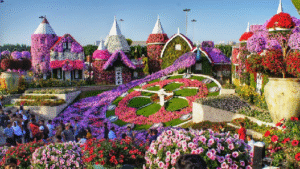- Written by Bankim Chandra Chatterjee in 1870, “Vande Mataram” was part of his novel Anandamath, published in 1882.
- The song was written in Sanskrit and expresses patriotism and reverence for the motherland, symbolized as Bharat Mata (Mother India).
- It became a powerful call for Indian unity and resistance against British colonial rule, resonating with nationalists across the country.
- “Vande Mataram” was publicly sung for the first time during the Indian National Congress session in 1896 in Calcutta (now Kolkata, West Bengal).
- The Rabindra Nath Tagore brothers (Rabindranath and Dwijendranath) performed the song at the session, where it was received with great enthusiasm. It soon became an iconic anthem for the Indian freedom struggle.
- The song’s popularity spread quickly, becoming a fixture at nationalist rallies, protest marches, and revolutionary meetings.
- Originally sung as a patriotic song, the significance of “Vande Mataram” grew as it became closely linked with the Indian independence movement.
- Rabindranath Tagore’s musical rendition of the song played a crucial role in popularizing it. His version was performed during key events in the independence struggle.
- After India’s independence in 1947, “Vande Mataram” was officially recognized as the national song of India.
- While “Jana Gana Mana” (composed by Rabindranath Tagore) was adopted as the official national anthem, “Vande Mataram” holds the status of national song.
- The lyrics of “Vande Mataram” are known for their evocative beauty, expressing deep affection and devotion to the motherland, which is personified as a goddess.
- The song begins with the powerful words “Vande Mataram” (“I bow to thee, Mother”), invoking a sense of patriotism and national unity.
- “Vande Mataram”, composed by Bankim Chandra Chatterjee in 1870 and first published in Anandamath (1882), quickly became an anthem for the Indian independence movement.
- The song was first performed at the Indian National Congress session in 1896, where it was embraced by the masses.
- Over time, it became symbolic of India’s struggle for freedom and, post-independence, was officially recognized as India’s national song.







